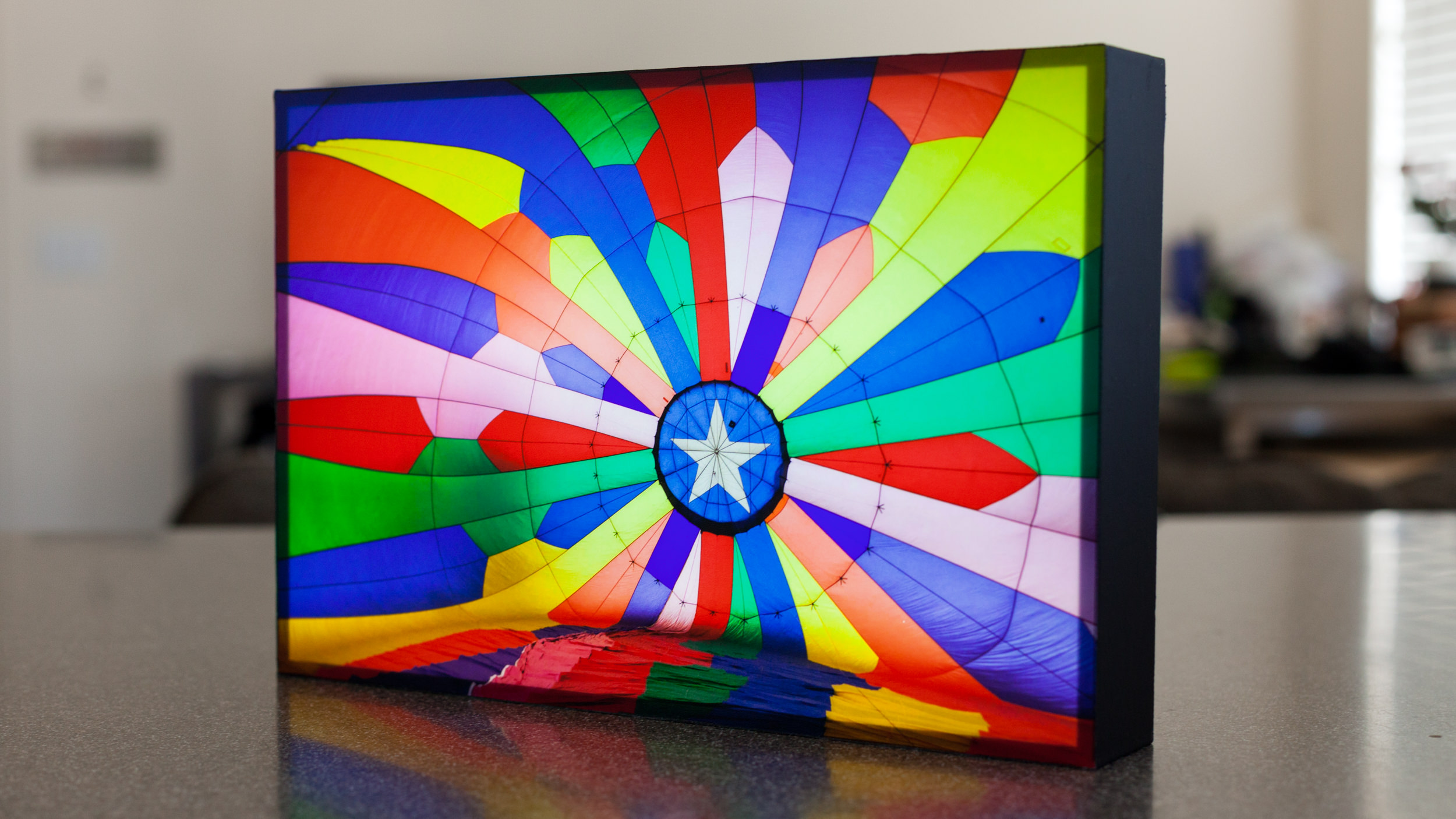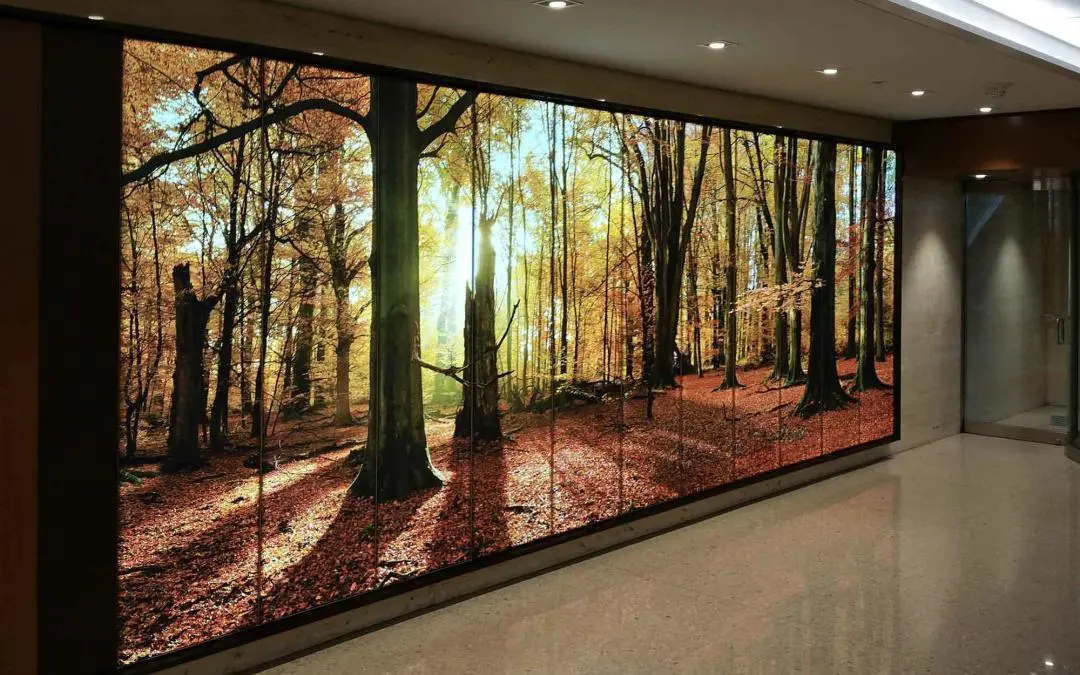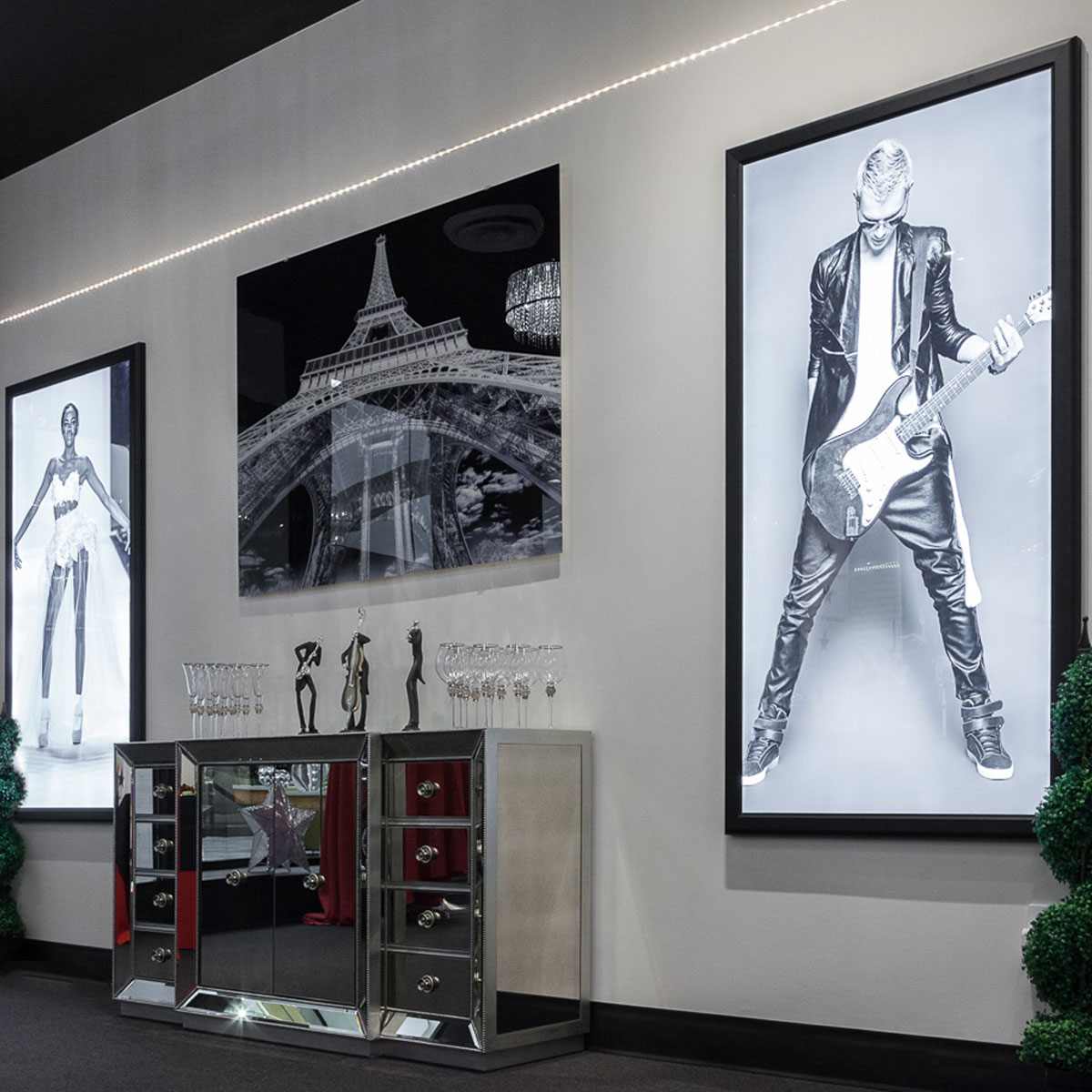
One-way perspective perforated materials: an innovative solution for commercial and architectural visual experience
In modern commercial space and architectural design, the need for visual transparency and information communication often forms an irreconcilable contradiction. The emergence of one-way perspective perforated materials has creatively solved this problem through exquisite physical structure design, providing a new solution for commercial display and architectural aesthetics. This product that combines optical principles and material science not only guarantees the necessary privacy and advertising display effect, but also maintains the connection between the space and the external environment, redefining people's functional expectations of visual media.
The core technology of one-way perspective perforated materials lies in its unique microporous structure design. Millions of precise micropores are arranged on the surface of the material according to specific rules, forming an optical one-way visual effect. When the external light is stronger than the internal light, these micropores form a complete visual picture when viewed from a distance, perfectly presenting the advertising or decorative content; and when viewed from the inside to the outside, the free penetration of light through the micropores makes the external scene still clearly visible. This intelligent light adjustment feature allows commercial windows to display promotional information without hindering store staff from understanding street conditions, and also allows passengers to enjoy the scenery along the way when buses are posting body advertisements.
From a practical point of view, the advantages of this material are reflected in multiple dimensions. Unlike traditional advertising stickers that completely block daylighting, the precisely calculated perforation rate ensures sufficient light penetration, keeping the indoor space naturally bright and greatly reducing lighting energy consumption. The breathability brought by the microporous structure also avoids the condensation problem common in fully enclosed films, and is particularly suitable for glass curtain wall applications that require long-term pasting. The weather resistance of the material itself withstands the test of long-term sun and rain, and the color durability far exceeds that of ordinary inkjet printing, ensuring the long-term stability of the visual effect.
In terms of design flexibility, one-way perspective perforated materials show amazing adaptability. Advanced printing technology can achieve photo-level image restoration on the material, from realistic product display to abstract artistic creation, all can be presented with high fidelity. The combination of different apertures and arrangement densities can adjust the balance between light transmittance and image clarity, meeting diverse needs from the high transparency required for luxury windows to the high coverage required for large curtain walls in commercial plazas. The cuttable nature of the material enables it to perfectly adapt to glass surfaces of various shapes, providing designers with ample creative space.
Today, when sustainable development has become a global consensus, the environmental protection properties of such materials are also worthy of attention. High-quality one-way perspective perforated materials are made of recyclable substrates, and the emission of volatile organic compounds is strictly controlled during the production process. When the advertising content needs to be updated, the entire material can be completely peeled off without leaving difficult-to-handle glue stains, greatly reducing the generation of decoration waste. Some innovative products have even developed the feature of being reusable, further improving resource utilization efficiency.
With the increasingly fierce commercial competition and the continuous improvement of architectural aesthetics requirements, one-way perspective perforated materials represent not only a new type of advertising carrier, but also a wisdom of balancing commercial needs and environmental harmony. It breaks the opposition between advertising display and space experience in traditional concepts and creates a new model of synergy between the two. In this era that focuses on experience and efficiency, this design that combines scientific principles with practical functions is quietly changing the visual landscape of urban commercial spaces and opening up new paths full of possibilities for brand communication and architectural design.





